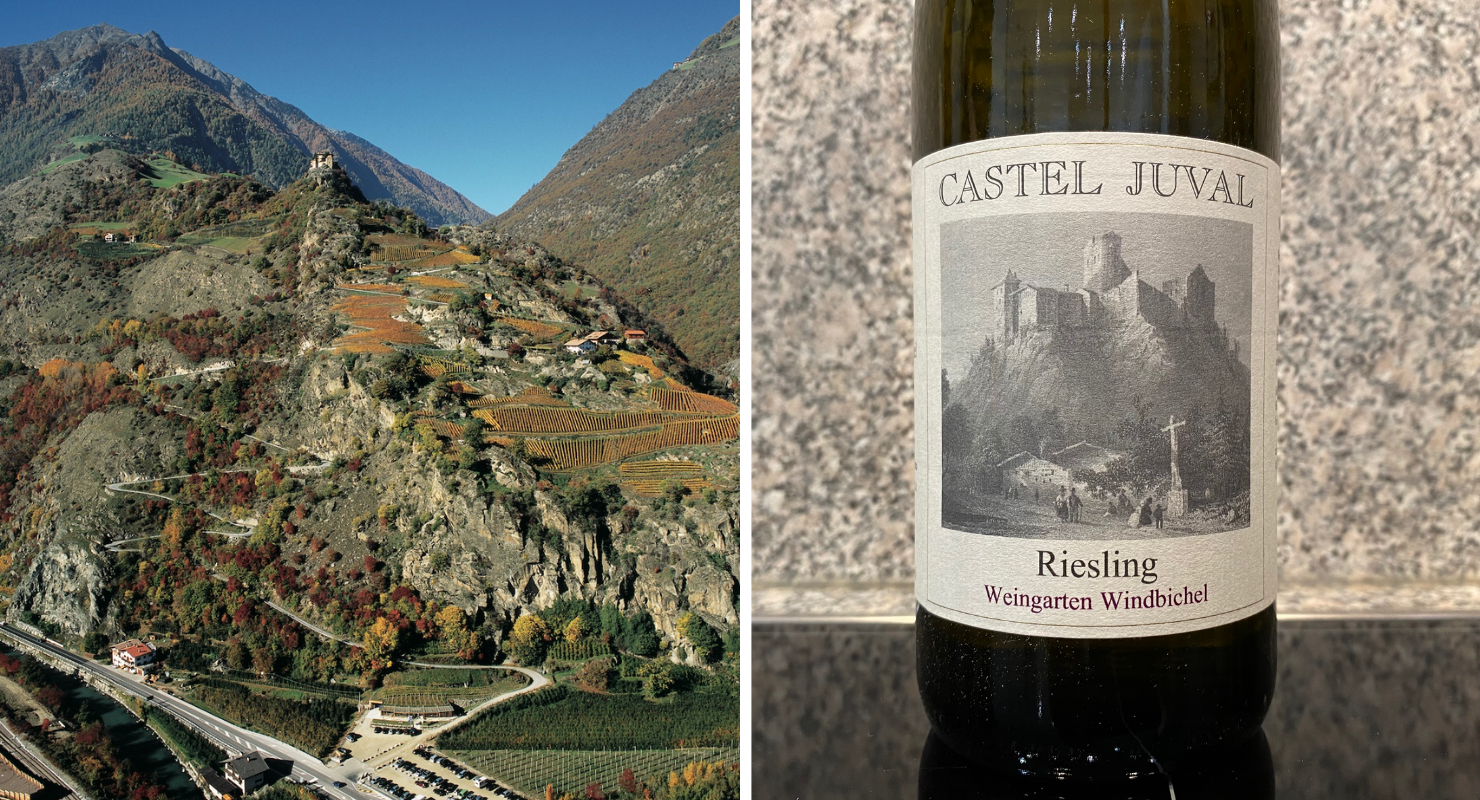
The Dolomite mountains of Northeastern Italy made headlines on July 3 when part of a glacier on the 3,300-meter-high Mount Marmolada collapsed. The heat wave in Italy, and behind it climate change, appear to be responsible.
Of course, climate change is also affecting the vineyards of the northeastern Italian provinces of Trentino and Alto Adige (Sudtirol), which lie on the slopes beneath the Dolomites. Despite these challenges, for us this is an exciting time in the development of the sub-Alpine region’s wine industry because of a paradigm shift in the goals the leading winemakers there have set themselves.
Making attractively fresh and fruity wines that are easy to enjoy is not enough for these winemakers. They are determined to achieve the maximum possible depth and originality of aroma and flavor.
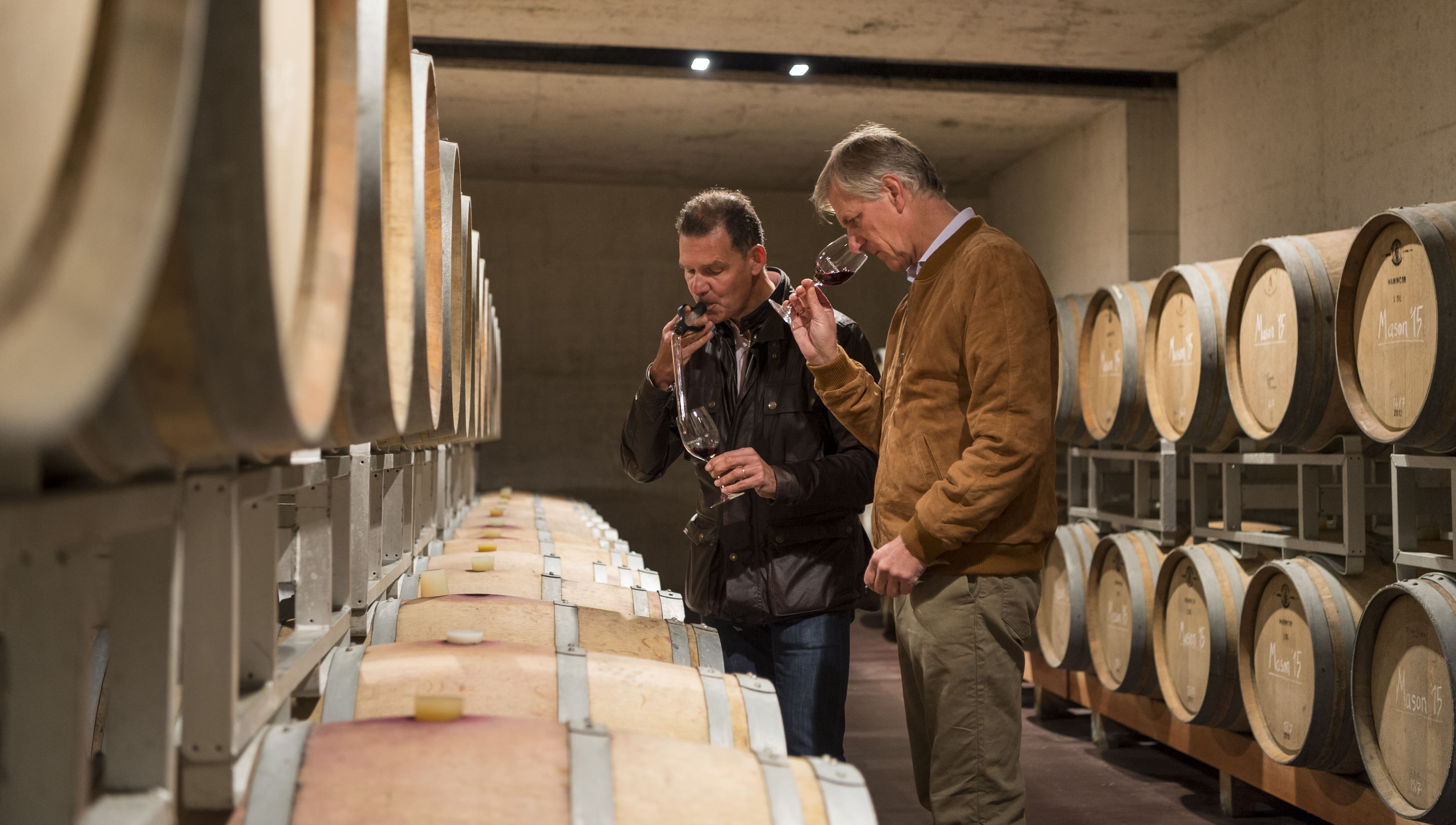
The top results from this year’s tastings of the Trentino-Alto Adige region include the highest rating we have ever given to an Italian pinot noir red, the staggeringly deep and complex Manincor Pinot Nero Alto Adige Mason di Mason 2019, and the highest rating we’ve ever given to an Italian riesling, the incredibly minerally dry Castel Juval Riesling Südtirol Vinschgau Windbichel 2019.
In Trentino, the simultaneously compact and breathtaking Foradori Teroldego Vigneti delle Dolomiti Granato 2019 was also the best ever vintage of this wine from the indigenous teroldego grape, making it a new milestone for the grape, for Foradori and for Trentino.
Note how all of these star wines are late releases from the excellent 2019 vintage – a year with nearly perfect weather conditions for making top-quality dry wines.
However, in 2020 and 2021 winemakers in both Trentino and Alto Adige were dealt much more difficult hands by the weather. “In different ways they were more challenging than 2019,” said Martin Aurich, the winemaker for Castel Juval.
2020 was a classic example of what makes the winemaker’s job so demanding in the 21st century. The weather pattern was basically positive with a warm spring leading to an early bud break and early flowering of the vines. In mid-August it looked like a great vintage was coming, but then rains came just as the grapes were softening and beginning to ripen.
READ MORE: TOP 100 WINES OF ITALY 2021
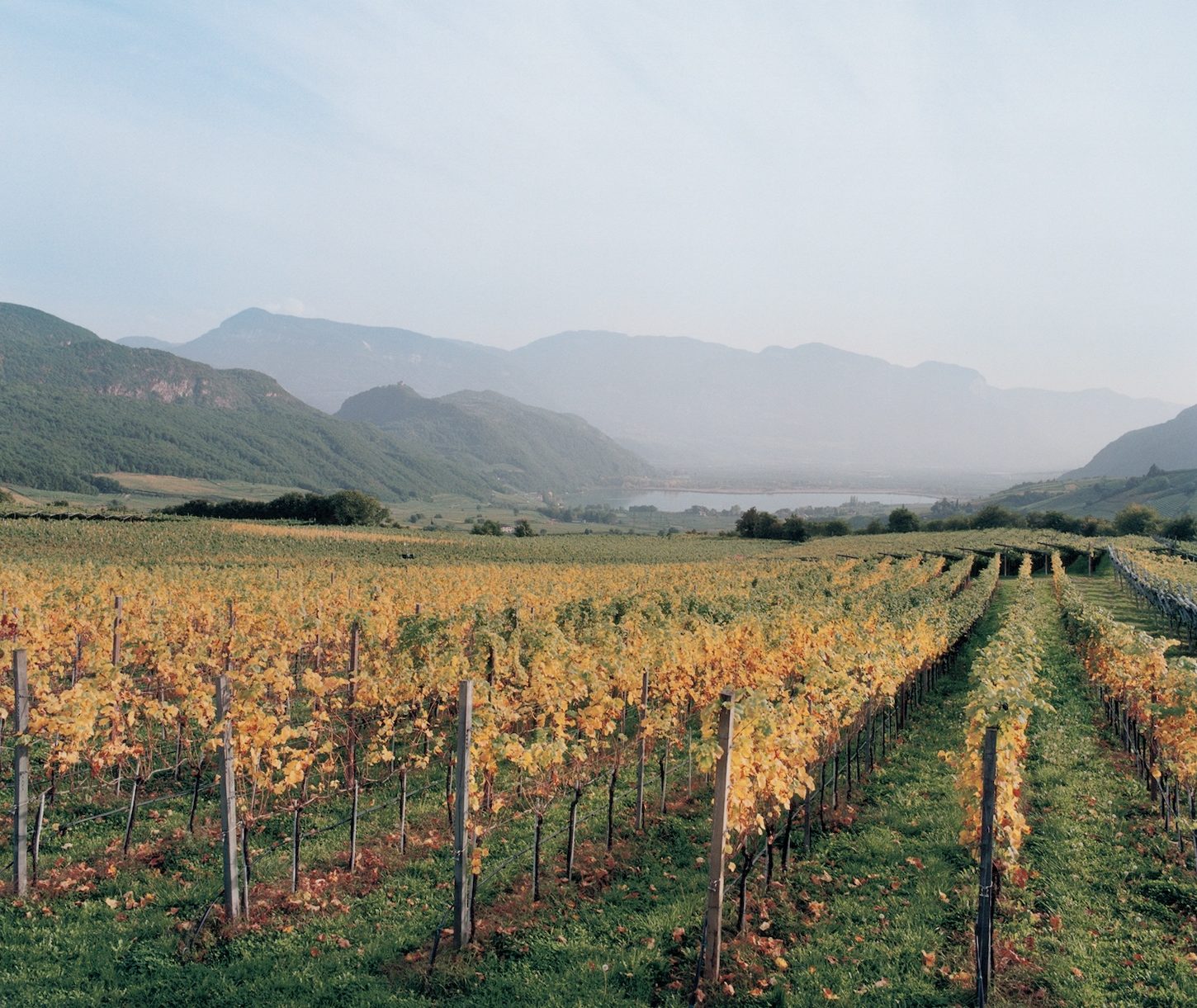
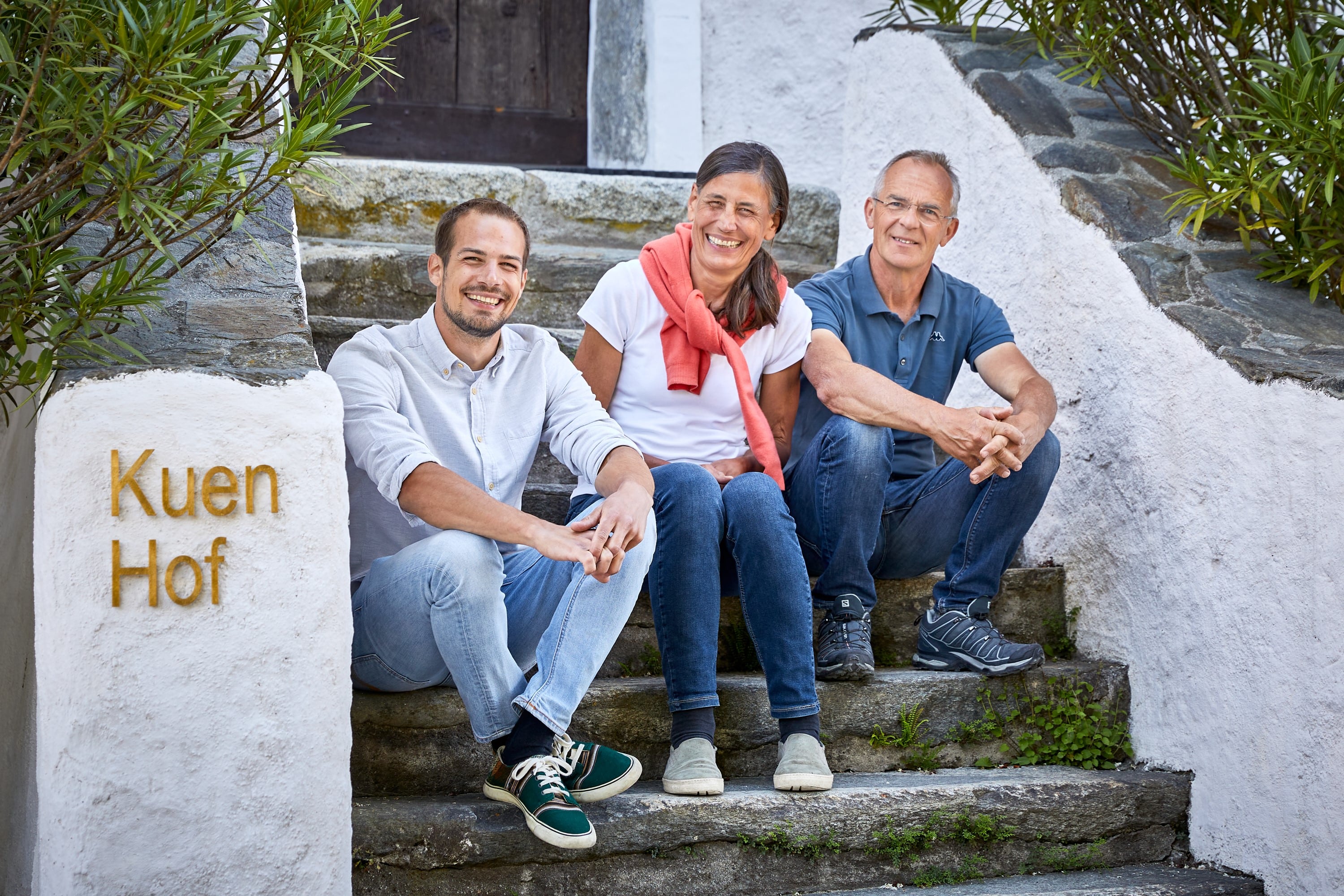
In late August about 125mm (5 inches) of rain fell, part of this landing on the grapes and causing many berries to split and then rot. Early-ripening varieties were hit worst. Thankfully, September was fine, which really saved the crop. But, if this wasn’t enough, another load of rain fell in the first days of October. This hit the grapes of late-ripening varieties, particularly reds that were still hanging in the vineyards.
The extremely expressive and remarkably silky Foradori Teroldego Vigneti delle Dolomiti Morei 2020 is proof that exciting reds could be made in this vintage despite these obstacles.
Of course, under these circumstances there was sometimes no choice other than to harvest earlier than would have been ideal, and this is frequently what was done.
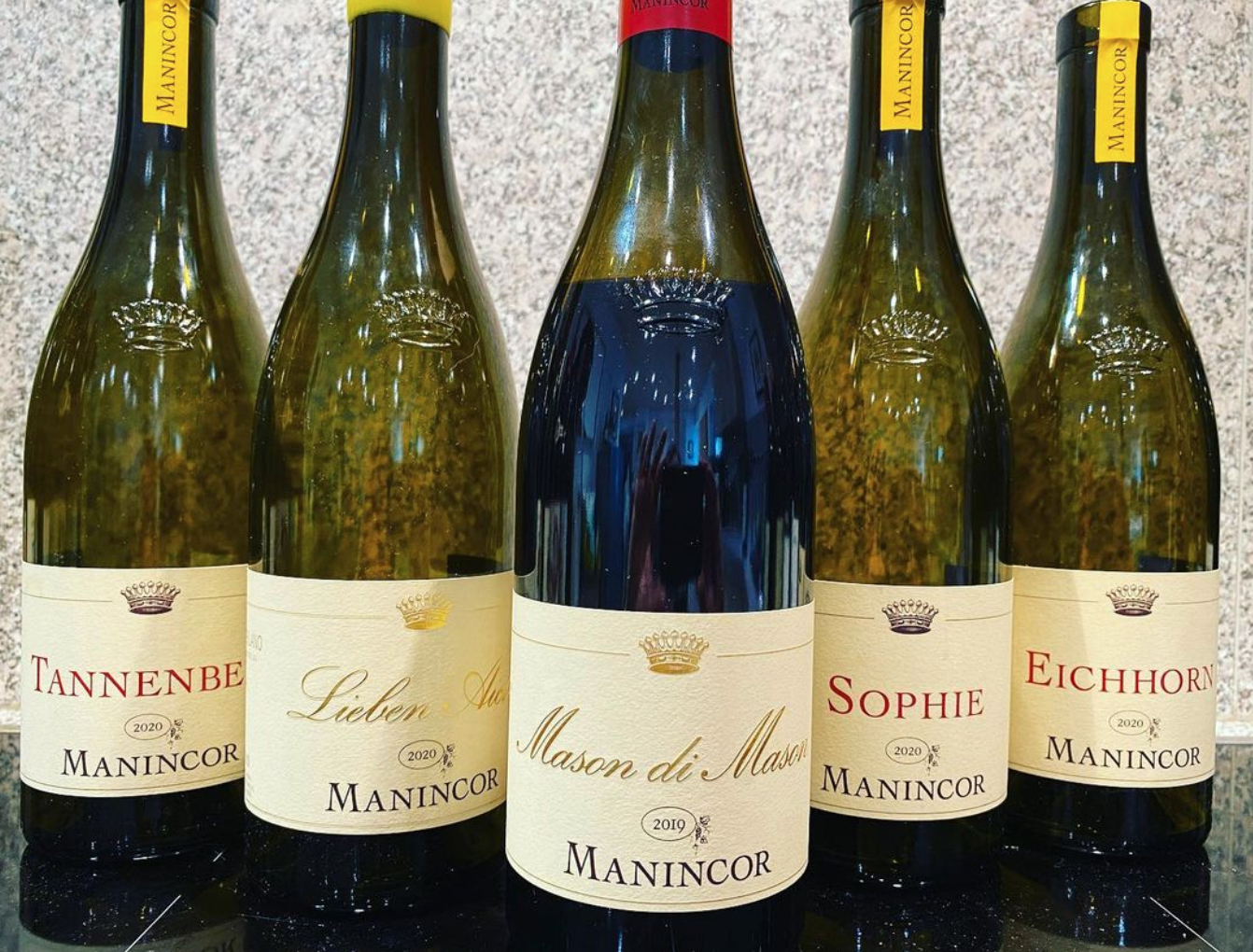
If 2020 sounds like it was full of issues, then the situation in 2021 was equally extreme but in a completely different way. The cool spring of 2021 led to late flowering of the vines, then rain and hail in July made things worse, seeding botrytis in some places.
“In 2021 the weather was seldom perfect,” said Helmuth Zozin, director of the Manincor winery. “Finally, the grape ripeness we got was perfect, with a good balance of the main flavor components, but we had to remove a few rotten berries from every bunch.”
That comment needs some context, in particular the fact that for Manincor sauvignon blanc and pinot noir are very important varieties. Both are particularly rot-sensitive.
READ MORE: THE DELICIOUS SYNERGY OF TRENTINO-ALTO ADIGE’S WINES
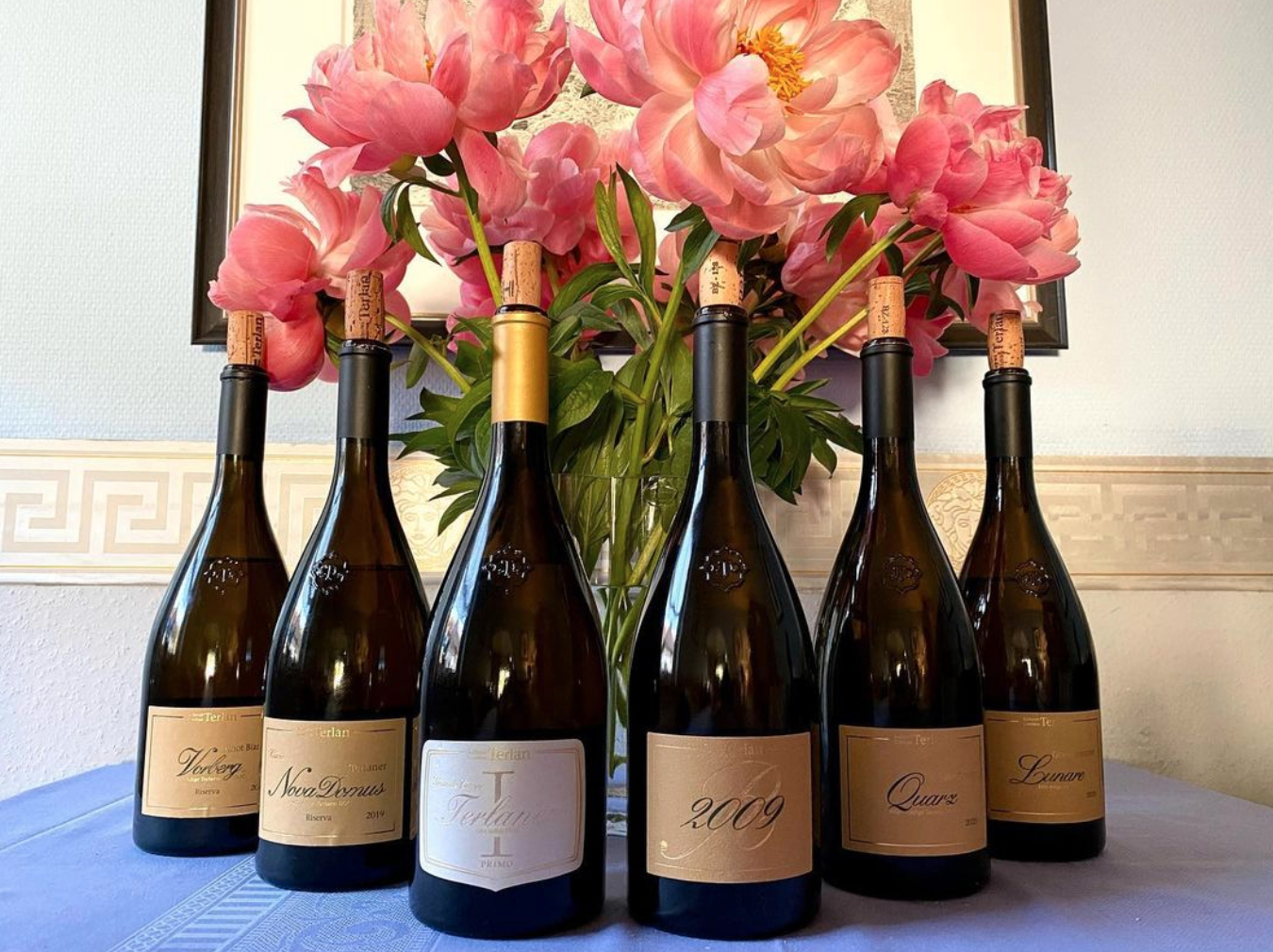
For some later-ripening varieties like riesling, the 2021 vintage weather pattern was actually positive, as long as the grapes were harvested late and selectively.
“Every day there was wind, sunny days and cool nights during our harvest, which lasted from the last days of September until late October,” reported Simon Pliger of the Kuenhof winery in the Valle Isarco/Eisacktal sub-region of Alto Adige. “The young wines very quickly showed their excellent potential: a wonderful combination of minerality and fruit.”
Kuenhof showed us their excellent 2020 dry whites, and we won’t taste their 2021s until early 2023. However, the Castel Juval Riesling Südtirol Vinschgau Gletscherschliff 2021 and Castel Juval Weissburgunder Südtirol Vinschgau 2021 are stunning examples of what was possible. In these, the acidity is racy and exciting.
However, in the less successful 2021 white wines, the acidity can be quite edgy, and these wines also lack some positive fruit aromas. Still, obvious greenness from unripe fruit was surprisingly rare even in entry-level wines.
That’s the result of the professionalism of the region’s wine industry. When it comes to the refreshing, medium-bodied dry whites for which the region is renowned, they really know how to deliver.
– Stuart Pigott, Senior Editor

